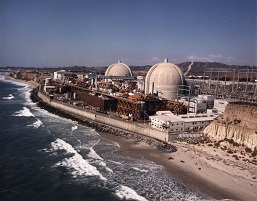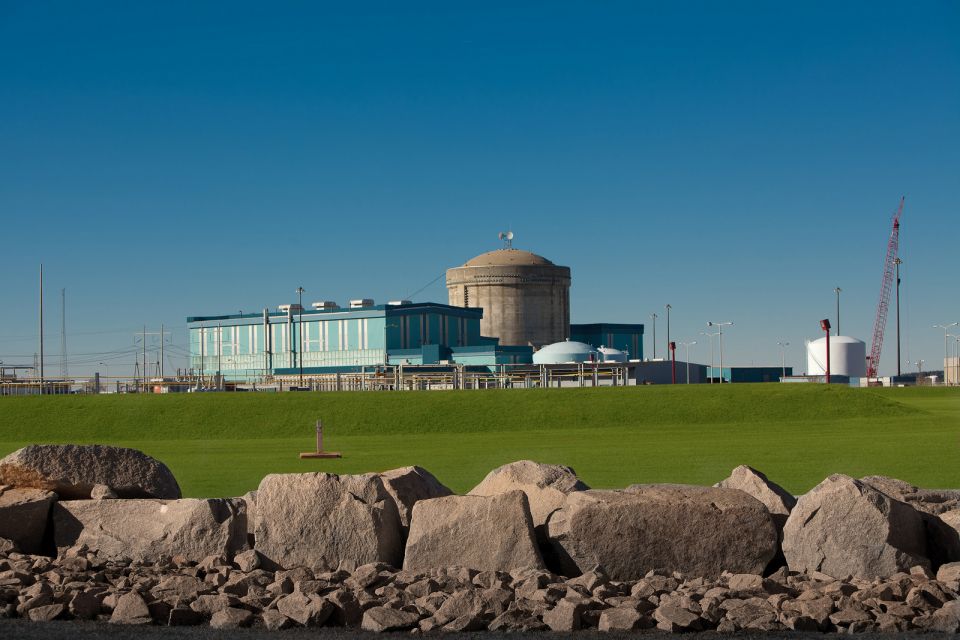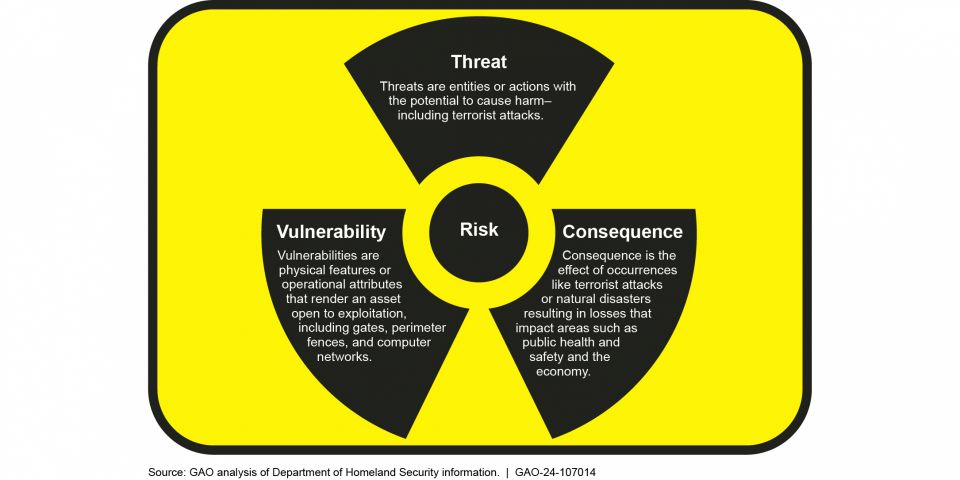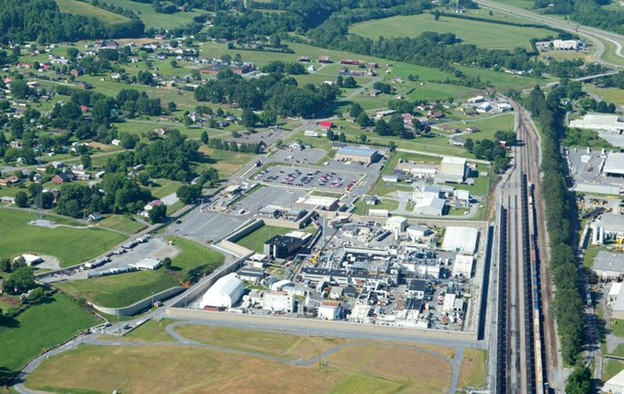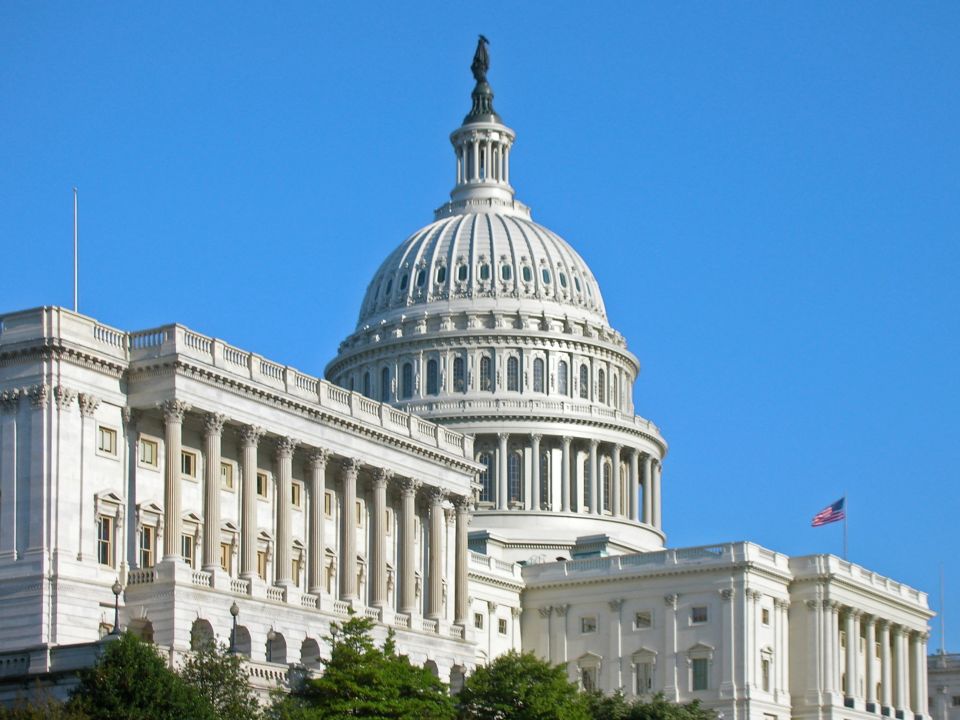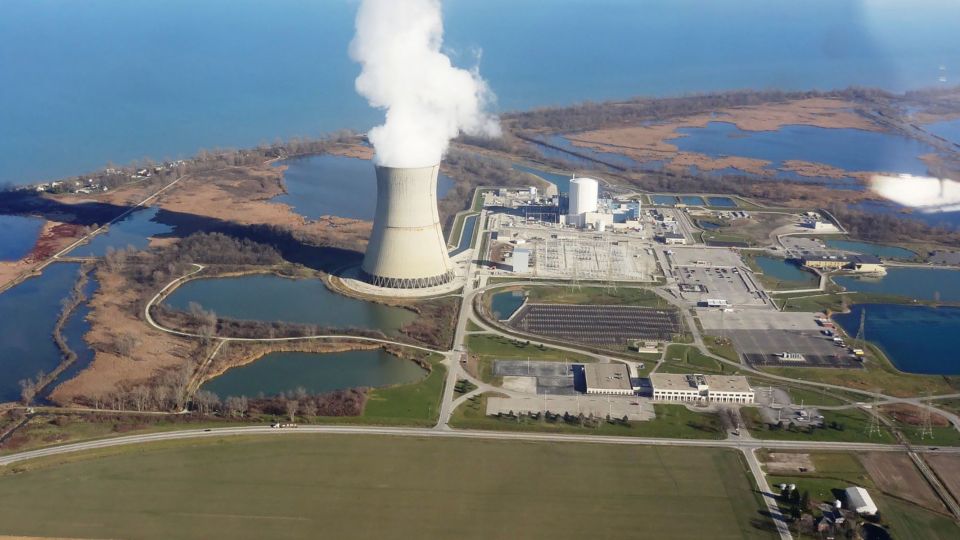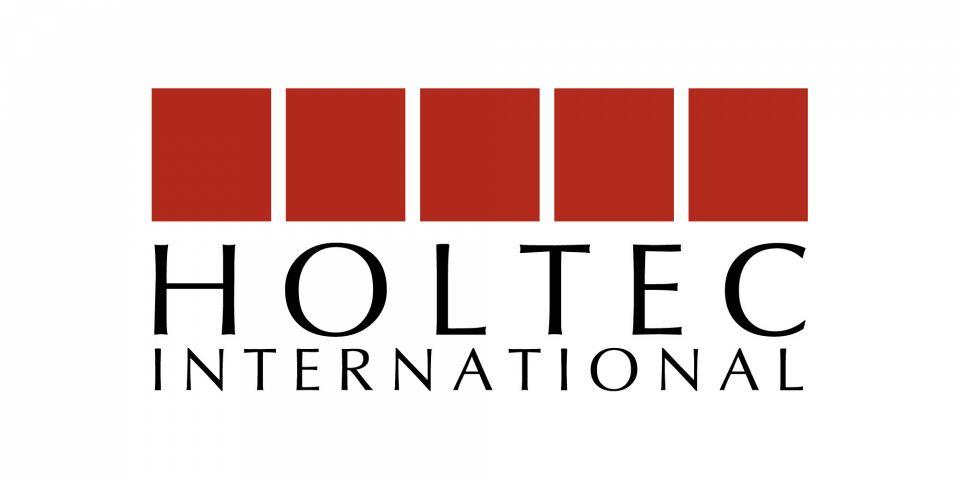Don't blame NRC uncertainty for San Onofre retirement
The San Onofre Nuclear Generating Station never threatened public health and safety. Unit 2 could have been restarted as soon as its scheduled outage was completed in February 2012. Unit 3 could have been restarted by mid-March 2012. The total cost of the repairs, including purchased replacement power, should have been less than $50 million and been covered by the manufacturer's warranty.
After spending several hundred million dollars in repairs, consulting fees, regulatory fees, and replacement power costs, Ted Craver, the chief executive officer of Southern California Edison (SCE), announced that his company had decided to retire the plant and give up its operating license. He blamed the long, expensive, and uncertain process of obtaining a licensing amendment for the surprising decision.
Craver failed to explain that there was never a legal requirement for SCE, the plant's primary owner, to introduce the uncertainty of obtaining restart permission from the Nuclear Regulatory Commission. SCE could have confidently fixed the material condition and moved smartly forward in its legal responsibility to provide its customers with reliable, affordable electricity.
Though it is now impossible to roll back time, unspend the hundreds of millions of dollars, and restore the 2100 MW of clean, reliable, electrical power capacity, it is worth the time to learn lessons that might help prevent recurrence of this costly tragedy in the future.
Aside: Some may think that I am melodramatic in labeling the early death of a nuclear power plant as a tragedy, but that technological marvel represented the lifetime labor of thousands of skilled engineers and technicians. It could have provided 14-16 billion kilowatt-hours of emission free electricity for another 28-48 years. I think that losing it qualifies as a tragedy; other people agree with me. End Aside.
On January 31, 2012, operators for San Onofre Unit 3 recognized the indications of a steam generator tube leak and promptly shut down the reactor. The indications and controls system worked as designed and the licensed operators took the correct immediate actions. The estimated leak rate was 75 gallons per day, which is half of the rate that would require operator action.
The radioactivity that set off the alarm came from intensely radioactive, very short-lived material. The primary coolant in an operating reactor is nearly pure water, but some of the oxygen atoms in water (H2O) exposed to a neutron flux will absorb a neutron and become Nitrogen-16, an isotope that rapidly decays (with an 8-second half life) with a high energy gamma emission. Conservative calculations made by the company indicate that the most exposed person would have received a radiation dose of 5.2E-5 millirem from the coolant that leaked before the plant was shut down.
Aside: I have often marveled at the providence of N-16 production in a water cooled reactor. The intense radioactivity forces a conservative shield design with multiple layers of dense material. That radiation shield turns out to be an effective security vault that also provides a substantial amount of protection against physical attack. N-16 also serves as a nearly perfect tracer to provide advanced warning of something like a steam generator tube leak; it is easy to measure but disappears quickly without leaving any damaging residue. End Aside.
Steam generator tube leaks, though not welcome events, are not particularly unusual. Even under the very conservative rules established for nuclear power plant operations, there is an acceptable rate of tube leakage that does not require an immediate shutdown. By design, steam generators are built with more tubes than required so that some can be plugged without reducing the plant's ability to produce its rated power output.
As long as technical specifications are not violated and plant owners take technically sound measures to repair leaks and prevent recurrence, there is no preexisting legal requirement to ask regulators for permission before taking action and restoring a nuclear plant that has had a steam generator tube leak to full operating status.
Because San Onofre had recently replaced the steam generators in both Unit 2 and Unit 3, the owners were somewhat surprised by the leak. They were keenly interested in determining the extent of the issue and the root cause. After all, installing those replacement steam generators cost the company about $670 million. They were supposed to last for several more decades. (The plant operating licenses were good for another 8-9 years, but there is every indication that the company planned to apply for 20-year license extensions for both units.)
Not surprisingly, individuals and groups that have been fighting nuclear energy in general and San Onofre in particular raised a public outcry. On February 8, 2012, Senator Barbara Boxer (D., Cal.) sent a letter to the NRC demanding that the agency investigate the plant based on what she described as a series of incidents, none of which had any relationship to each other. (Senator Boxer is not only from California, the home of San Onofre, but she is also the chairman of the Senate Environment and Public Works Committee, which has oversight of the NRC; she has often expressed strong skepticism about nuclear energy.)
On March 13, 2012, NRC Chairman Jaczko responded to Senator Boxer's letter. That letter is an important piece of history that demands more attention. It provides a clear picture of exactly how tiny the event was and how there was never a risk to public health and safety. Here is a quote:
SONGS operators brought the unit into cold shutdown on February 2, 2012, and began steam generator tube inspections on February 12, 2012. The inspection confirmed the location of the leak was limited to one tube. NRC staff is continuing to review the licensee's evaluation of the cause of the leaking tube and the licensee's inspection of 100 percent of the tubes in both steam generators. As in Unit 2, the steam generator tubes will be pressure tested to evaluate their integrity. The root cause of the tube leak has not yet been determined. For both Units 2 and 3, SONGS will evaluate the results of their inspections to determine the appropriate length of time before the next inspection. NRC approval is not required for the licensee to restart Units 2 and 3. NRC inspectors will perform an independent evaluation of the licensee's operational assessment report and preliminary cause evaluation prior to startup.
(Emphasis added.)
After the leak, SCE solemnly made public statements stating that it was committed to placing its highest priority on safety. As is often the case, it gave the impression that this commitment would best be met by doing everything possible to prevent recurrence of a steam generator tube leak. There is no evidence that anyone in a decision-making position compared the incredibly tiny safety consequences of a tube leak to the negative impact on public health and safety from the electrical power sources that would have to operate because San Onofre was not operating.
On March 23, 10 days after the NRC responded to Senator Boxer's letter and informed her that the NRC had no legal right to interfere with SCE's restart, Peter T. Dietrich, SCE senior vice president and chief nuclear officer, wrote a letter describing the actions that the company was going to take to address the conditions found in the steam generators. Even though a 100-percent inspection of the tubes in the steam generators for Unit 2 showed no signs of the tube-to-tube interactions that caused the single tube leak in Unit 3, that letter made the commitment that the company would not restart Unit 2 until the cause of the wear in Unit 3 was determined. It also made the following fateful commitment:
Prior to entry of Unit 2 into Mode 2, SCE will, in a joint meeting, provide the NRC the results of our assessment of Unit 2 steam generators, the protocol of inspections and/or operational limits including schedule dates for a mid-cycle shutdown for further inspections, and the basis for SCE's conclusion that there is reasonable assurance, as required by NRC regulations, that the unit will operate safely.
(Note: Mode 2 means that the containment is closed and the reactor startup sequence is started. Mode 1 is when the reactor is operating at greater than 5 percent of rated power.)
Though the letter did not explicitly state that the company would ask the NRC for permission before starting up, it handed the NRC the right to schedule the meeting and said that the plant would not start up until after the meeting was held.
On March 27, the NRC responded to Dietrich's letter with a Confirmatory Action Letter (CAL) that turned the voluntary commitment into a obligation that is still not a legal requirement enforceable by a fine, but that could be enforced with one of several options, including a notice of deviation, an order imposing a legal requirement to meet a commitment, or a demand for information. (Though it contains enough legal language to cause most of us to get a headache, you can read all about the legal status of CALs in the NRC Enforcement Manual starting on page 3-30.)
I've been in touch with SCE's media relations people to find out more about the company's decision to give the NRC a veto over the company's ability to operate the plant within the parameters of its existing license. Here is the response I received:
RodAs you know, the CAL memorializes commitments Southern California Edison made to the NRC regarding San Onofre Unit 2. In addition to the words on those pages, we have committed to the public and all stakeholders to place the highest priority on safety. From the moment we identified indications of potential tube wear issues in Unit 2, we believed it was important to understand the cause and potential scope of those issues before restarting Unit 2. Toward that end, we commissioned three independent experts to analyze the causes of the excessive tube wear and from that research we developed corrective actions to prevent the problem. I believe you are familiar with all those details.
You are correct that a CAL is voluntary and the language in the San Onofre CAL includes our commitment to seek NRC approval prior to restart. If we had restarted without NRC approval, SCE would have deviated from its commitment. If we do not honor such commitments, the NRC can impose more stringent enforcement actions. You could argue that the need for restart approval was a "de-facto" requirement.
Instead of making an expansive commitment, SCE could have confidently addressed the material conditions and firmly asserted that it had performed sufficient actions to provide a reasonable assurance that its valuable nuclear power plant would continue to operate safely. There might have been some resistance and some attempts to apply pressure, including increased regulatory attention, but it is hard to imagine that the increased attention and pressure would have resulted in consequences anywhere close to the complete loss of 2100 MW of emission free power generating capacity and the loss of at least 1500 jobs.
_________________________

Adams
Rod Adams is a nuclear advocate with extensive small nuclear plant operating experience. Adams is a former engineer officer, USS Von Steuben. He is the host and producer of The Atomic Show Podcast. Adams has been an ANS member since 2005. He writes about nuclear technology at his own blog, Atomic Insights.


